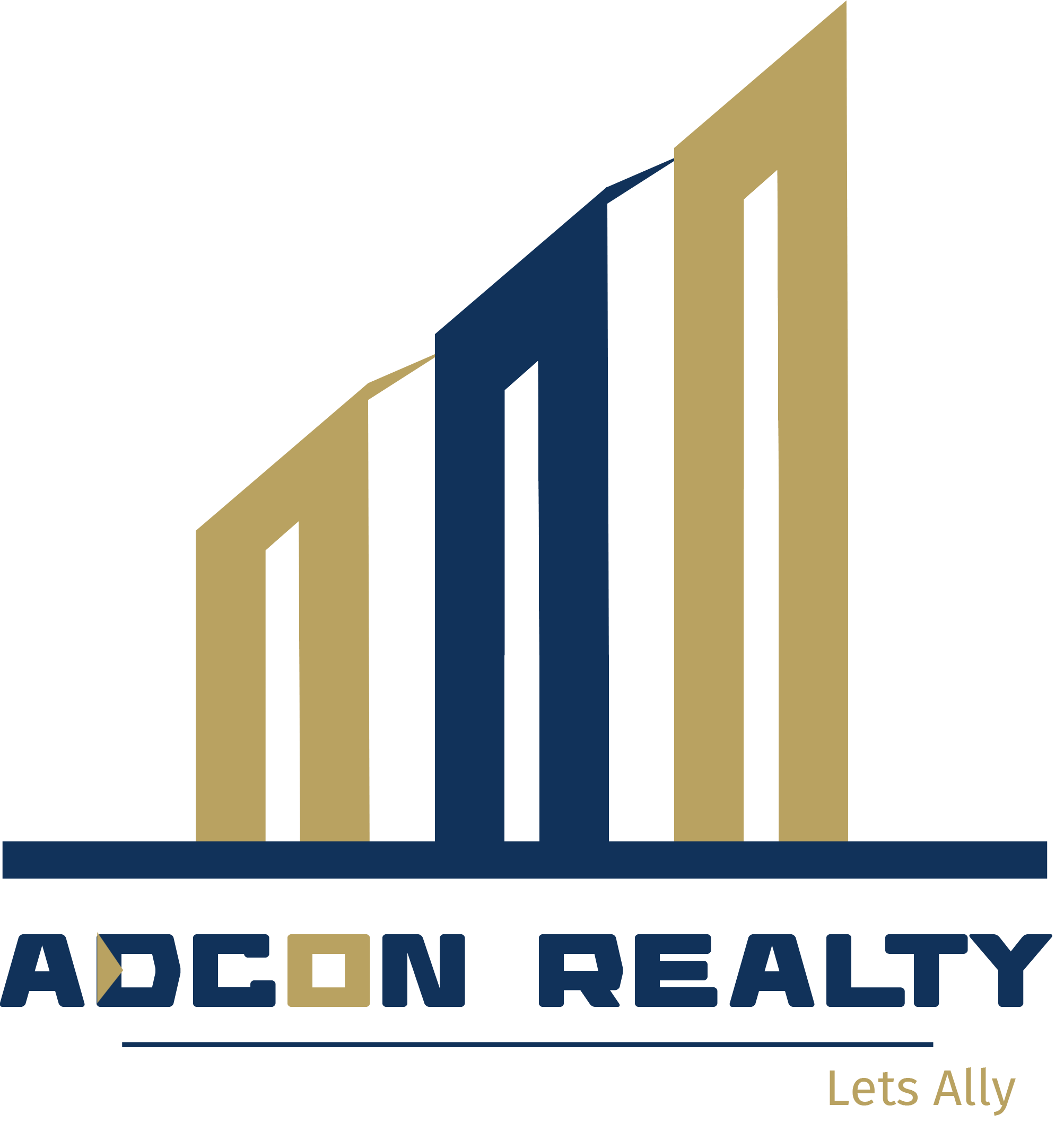Shared vs. Private Office Spaces: Which is Right for Your Business?
Choosing the right office space is a crucial decision for any business. The choice often boils down to two primary options: shared office spaces and private office spaces. Each option has its own set of advantages and disadvantages, cost implications, and impacts on productivity. Let’s delve into the pros and cons of each to help you decide which is right for your business.
Shared Office Spaces
Shared office spaces, often known as coworking spaces, are communal work environments where multiple businesses or individuals share facilities and amenities.
Pros:
- Cost-Effective:
- Shared office spaces generally come at a lower cost compared to private offices. You pay for the space you use, which is ideal for startups and small businesses with tight budgets.
- Networking Opportunities:
- Working alongside other businesses and professionals creates ample networking opportunities. It can lead to collaborations, partnerships, and business growth.
- Flexibility:
- Most coworking spaces offer flexible lease terms. You can rent a desk or a small office for a day, month, or year, making it easy to scale up or down as needed.
- Amenities:
- Coworking spaces typically come with a range of amenities such as high-speed internet, meeting rooms, kitchen facilities, and recreational areas, all included in the rental price.
- Community and Support:
- Being part of a coworking community can provide moral support, foster creativity, and reduce the isolation that can come with working alone or in a small team.
Cons:
- Lack of Privacy:
- Shared spaces mean limited privacy. This can be a drawback for businesses that handle sensitive information or need a quiet environment.
- Distractions:
- The bustling environment of a coworking space can be distracting for some people, potentially affecting productivity.
- Branding Limitations:
- It’s challenging to establish a strong, unique brand presence in a shared space since the environment is not tailored to your business.
- Limited Control:
- You have less control over the office environment, including layout, decoration, and operational hours.
Private Office Spaces
Private office spaces are dedicated work environments exclusively for your business. They can be part of a larger office building or a standalone unit.
Pros:
- Privacy and Security:
- Private offices offer a high level of privacy and security, which is essential for businesses dealing with confidential information or requiring a quiet work environment.
- Customizability:
- You have complete control over the office layout, design, and branding. This helps create a space that reflects your company’s identity and culture.
- Fewer Distractions:
- A private office typically has fewer distractions compared to a shared space, potentially leading to higher productivity for some employees.
- Professional Image:
- Having a dedicated office space can enhance your company’s professional image and credibility with clients and partners.
Cons:
- Higher Costs:
- Private office spaces are generally more expensive than shared spaces. You need to budget for rent, utilities, maintenance, and furnishing.
- Longer Lease Terms:
- Leasing a private office often requires a longer-term commitment, which might not be ideal for businesses expecting significant changes in size or location needs.
- Isolation:
- Unlike coworking spaces, private offices can lead to a sense of isolation, particularly for small teams or solo entrepreneurs.
- Operational Responsibilities:
- Managing a private office includes additional responsibilities such as dealing with utility providers, maintenance issues, and security.
Cost Analysis
Shared Office Space:
- Rent: Typically charged per desk or small office, ranging from INR 5,000 to INR 20,000 per month.
- Utilities and Amenities: Usually included in the rent, covering internet, electricity, water, and shared facilities.
- Additional Costs: Minimal, as coworking spaces often include furniture and cleaning services.
Private Office Space:
- Rent: Can range from INR 20,000 to INR 1,00,000+ per month, depending on location and size.
- Utilities: Billed separately for electricity, water, internet, etc.
- Additional Costs: Higher due to the need for furniture, maintenance, security, and cleaning services.
Productivity Impacts
Shared Office Space:
- Positive Impact: Enhanced creativity and collaboration opportunities; flexible working hours.
- Negative Impact: Potential for distractions and noise; less control over the work environment.
Private Office Space:
- Positive Impact: Quiet and controlled environment; tailored space to boost employee morale and productivity.
- Negative Impact: Possible isolation; higher management burden can divert focus from core business activities.
Conclusion
The decision between shared and private office spaces ultimately depends on your business needs, budget, and work culture. Shared office spaces are ideal for startups, freelancers, and small businesses seeking flexibility, cost-efficiency, and networking opportunities. Private office spaces, on the other hand, are better suited for established businesses that require privacy, customization, and a professional image.
Evaluate your specific requirements, consider the pros and cons, and conduct a cost-benefit analysis to make an informed decision that will support your business growth and productivity.

A Business Expert from Indore, having strong ties in Pune & Hyderabad Foresightedness, Adaptability, and Reliability are some of his key domains of expertise.
- Published in Office Spaces
The Role of Technology in Modern Office Spaces
In today’s rapidly evolving business landscape, technology is playing an increasingly crucial role in shaping modern office spaces. From enhancing productivity to improving employee satisfaction, the integration of smart technologies is transforming how we work. Let’s explore how tech integration can boost productivity and look at some examples of smart office technologies that are making waves.
How Tech Integration Can Boost Productivity
Enhanced Communication and Collaboration:
- Unified Communication Platforms: Tools like Slack, Microsoft Teams, and Zoom facilitate seamless communication among team members, regardless of their location. These platforms integrate messaging, video conferencing, and file sharing, making collaboration more efficient.
- Cloud-Based Collaboration: Services like Google Workspace and Microsoft 365 allow employees to work on documents, spreadsheets, and presentations simultaneously from different locations, ensuring real-time collaboration and reducing delays.
Automation of Routine Tasks:
- Workflow Automation Tools: Platforms such as Zapier and Automate.io can automate repetitive tasks like data entry, email responses, and social media posting. This frees up employees’ time to focus on more strategic activities.
- AI Assistants: AI-powered virtual assistants like Siri, Alexa, and Google Assistant can manage schedules, set reminders, and even book meetings, enhancing productivity by handling routine administrative tasks.
Data-Driven Decision Making:
- Business Intelligence Tools: Tools like Tableau, Power BI, and Looker help organizations analyze large volumes of data to gain insights and make informed decisions. These tools can identify trends, track performance, and uncover opportunities for improvement.
- Predictive Analytics: Leveraging AI and machine learning, predictive analytics can forecast market trends, customer behavior, and operational inefficiencies, enabling proactive decision-making.
Improved Workflow and Space Utilization:
- Smart Office Systems: IoT devices and sensors can monitor office space utilization, helping businesses optimize their layouts and reduce unnecessary costs. For instance, smart lighting and climate control systems adjust based on occupancy, enhancing comfort and reducing energy consumption.
- Hot Desking Solutions: Platforms like Robin and DeskFlex allow employees to reserve desks on demand, maximizing the use of available space and accommodating flexible work arrangements.
Enhanced Employee Well-being:
- Ergonomic Tech Solutions: Adjustable standing desks, ergonomic chairs, and wearable tech that monitors posture can improve physical well-being, reducing the risk of work-related injuries and increasing productivity.
- Wellness Apps: Apps like Headspace and Calm provide guided meditation and mindfulness exercises, promoting mental well-being and helping employees manage stress effectively.
Examples of Smart Office Technologies
Internet of Things (IoT) Devices:
- Smart Lighting Systems: Philips Hue and Lutron allow for customizable lighting settings that can be adjusted based on natural light availability and employee preferences, reducing eye strain and enhancing productivity.
- Climate Control Systems: Nest and Ecobee smart thermostats optimize heating and cooling based on occupancy patterns, creating a comfortable working environment while saving on energy costs.
Virtual and Augmented Reality (VR/AR):
- Virtual Collaboration: VR platforms like Spatial and AltspaceVR enable remote teams to collaborate in a virtual environment, simulating in-person interactions and fostering team cohesion.
- AR for Training: AR applications such as Microsoft HoloLens are being used for employee training and onboarding, providing immersive, hands-on experiences that enhance learning and retention.
Advanced Communication Tools:
- Video Conferencing Solutions: Zoom, Microsoft Teams, and Google Meet have become indispensable for virtual meetings, offering features like screen sharing, virtual backgrounds, and breakout rooms to facilitate effective communication.
- Real-Time Translation: Tools like Google Translate and Skype Translator break down language barriers in multinational teams, enabling real-time translation of spoken and written communication.
Artificial Intelligence (AI) and Machine Learning (ML):
- Smart Assistants: AI-driven assistants like Cortana, Alexa for Business, and Google Assistant can schedule meetings, manage emails, and perform various tasks through voice commands, improving efficiency.
- Chatbots: Integrated into customer service platforms, chatbots handle routine inquiries, provide instant support, and free up human agents to focus on complex issues.
Security and Access Control:
- Biometric Systems: Fingerprint scanners, facial recognition, and retina scanners enhance office security by ensuring that only authorized personnel can access sensitive areas.
- Smart Locks: Systems like August Smart Lock and Kisi allow for keyless entry and remote access management, providing flexibility and enhanced security.
Conclusion

An expert in marketing, strategy, and logistics, specializes in high-impact ad marketing campaigns across digital platforms and has a deep understanding of digital marketing, branding, and lead generation, helping businesses find the perfect solutions for growth. With a keen eye for data-driven strategies and compelling content, has successfully positioned Adcon Realty as a trusted name in the industry.
- Published in Technology






